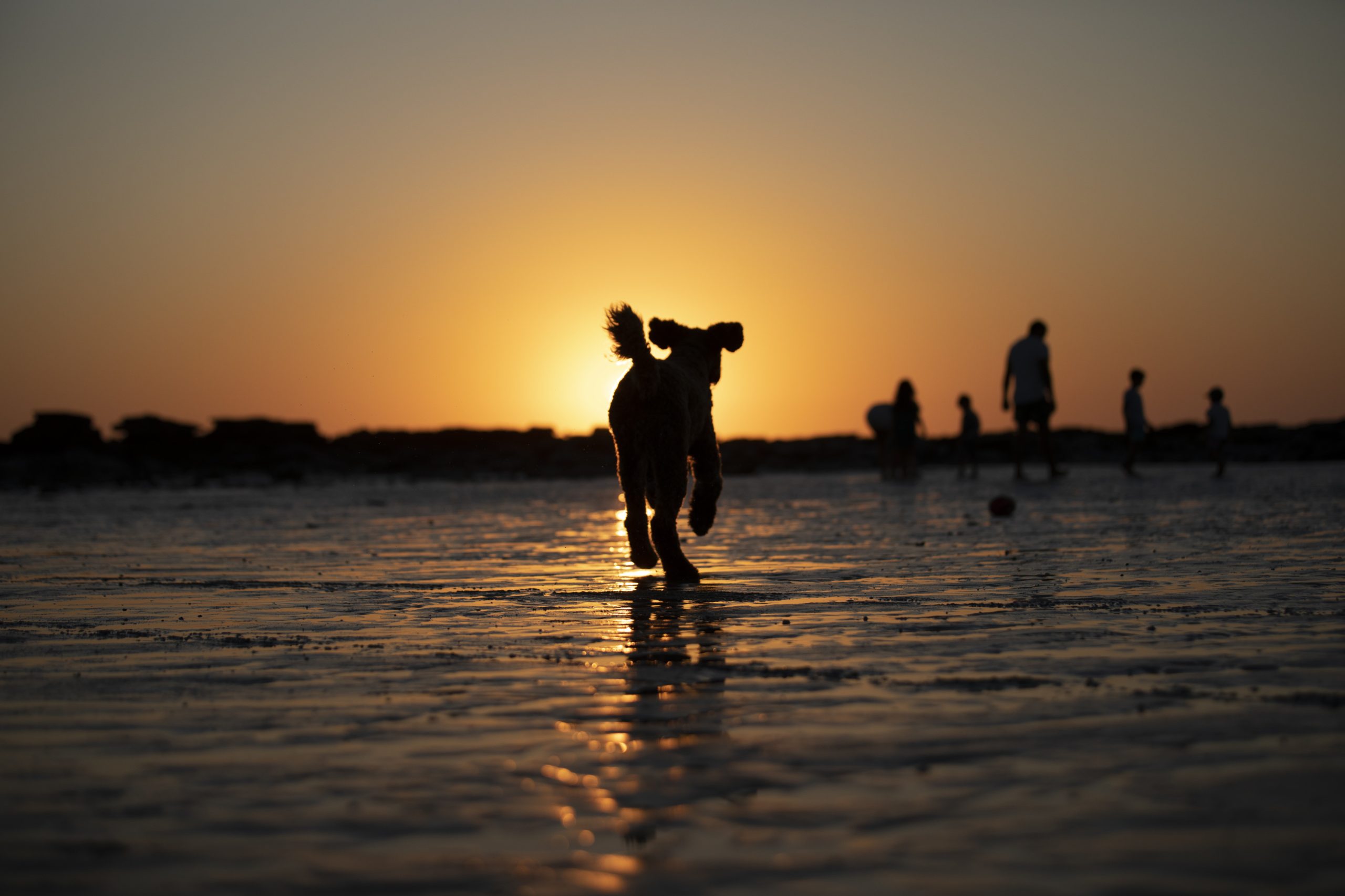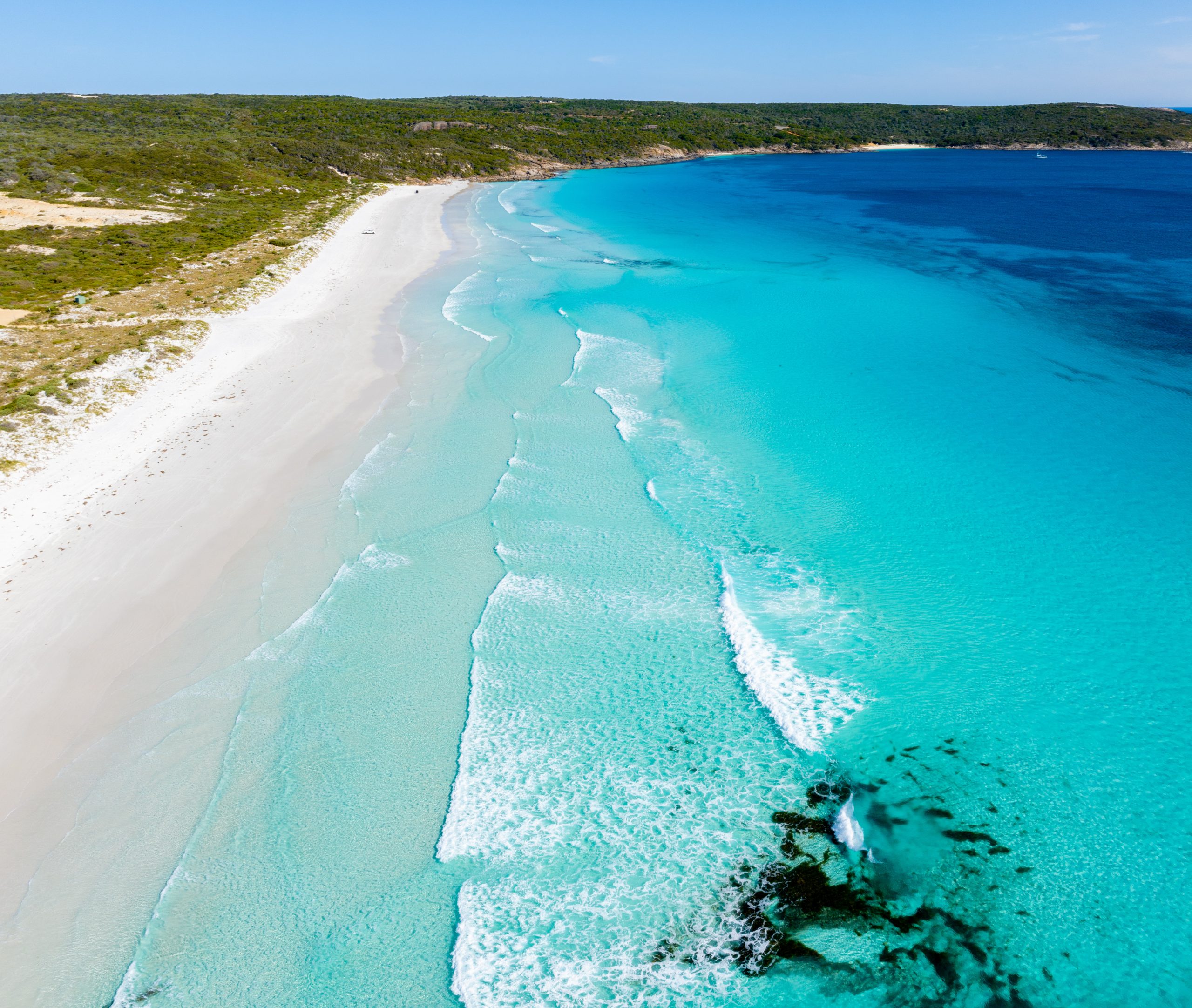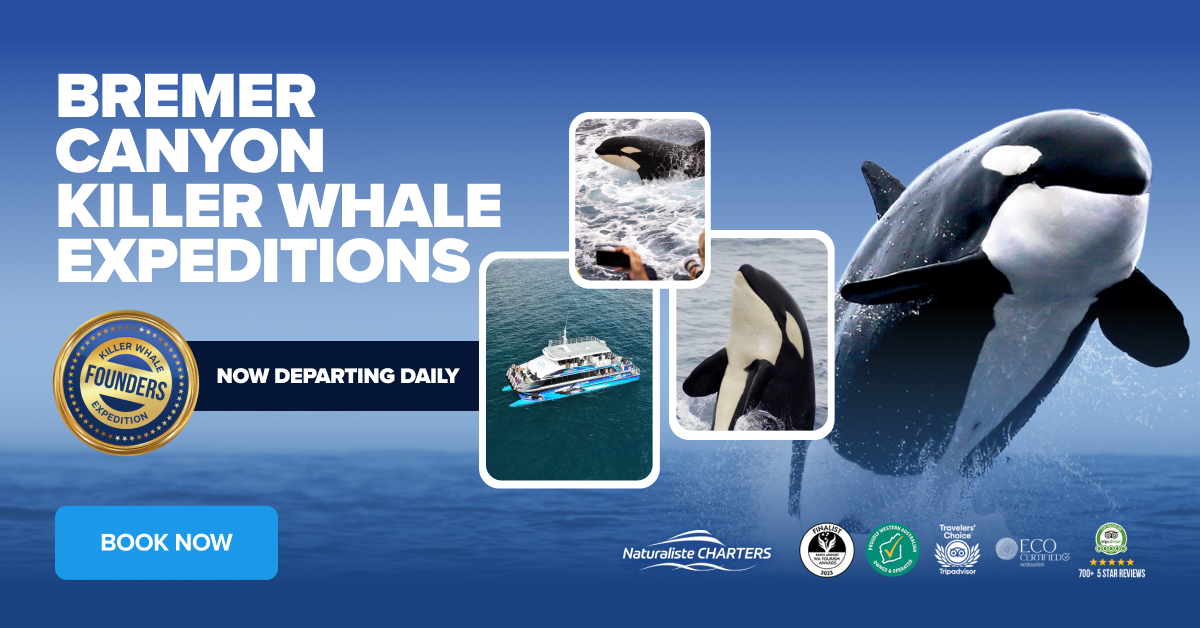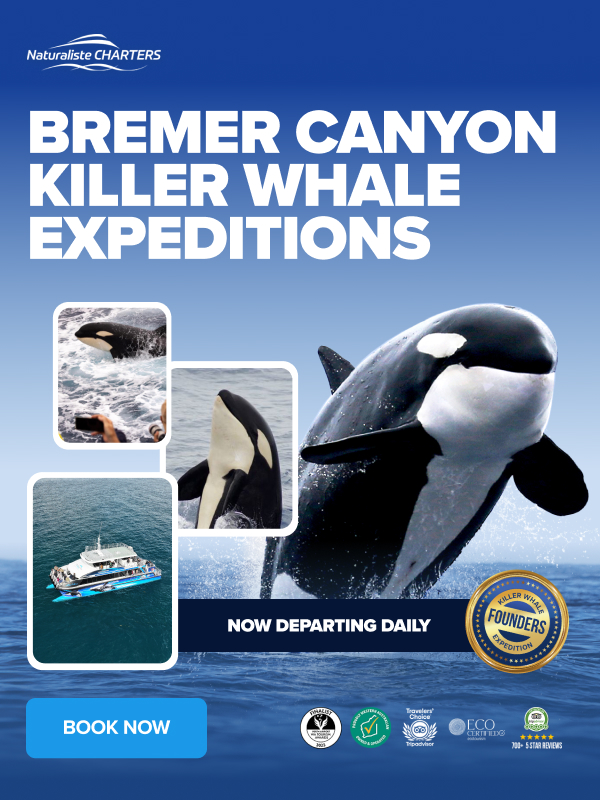Life explodes at the Bremer Bay Canyon.
Deep ocean currents and complex seafloors converge in dynamic flow where the interplay of earth and ocean set the stage for biology at its best. Conditions created support a pulse of life, fueling the tiniest creatures up to the oceans’ apex predators. At the Bremer Bay Canyon, life is slow and fast, gentle and vivacious, tiny and huge, and everything in between!
Seafloor Shape and Ocean Currents
Let’s take a deep dive and find out why this canyon system is the hotspot for southern WA marine life. Though to do this, we need to take a quick trip back millions of years. The geologic history of Australia is a long one, but key to us is Australia and Antarctica separating through seafloor spreading from about ~43million years ago. Just after this, like at ~30million years, cool waters were locked into a circumpolar current around Antarctica. Because of this our poles got much colder and more water was locked into ice… During this time shallow rivers deepened as water flowed and sea levels changed. So what we see today is our continental shelf and the fingers of very deep canyons reaching into it… And from this place springs life!
There are a few key things that set deep sea canyons apart from other marine habitats. High levels of nutrients are found within their waters. And just like on land, nutrients fuel plants! When ocean currents hit the edge of the canyon, they travel upwards, bringing nutrients for a ride from the cool depths up into the shallower zones. This causes skyrocketing productivity, such as tiny photosynthesising plankton (chlorophyll-a). The sea floor shapes and angles of the canyon mean different slopes, cracks and crevices. Which means lots of different habitats and lots of biodiversity (life!).
This area is exciting scientists, who are only just beginning to understand the Bremer Bay Canyon (because it is just so deep!). Footage of recent research using advanced undersea technology reveals coral gardens and the edges of the canyons encrusted with life.
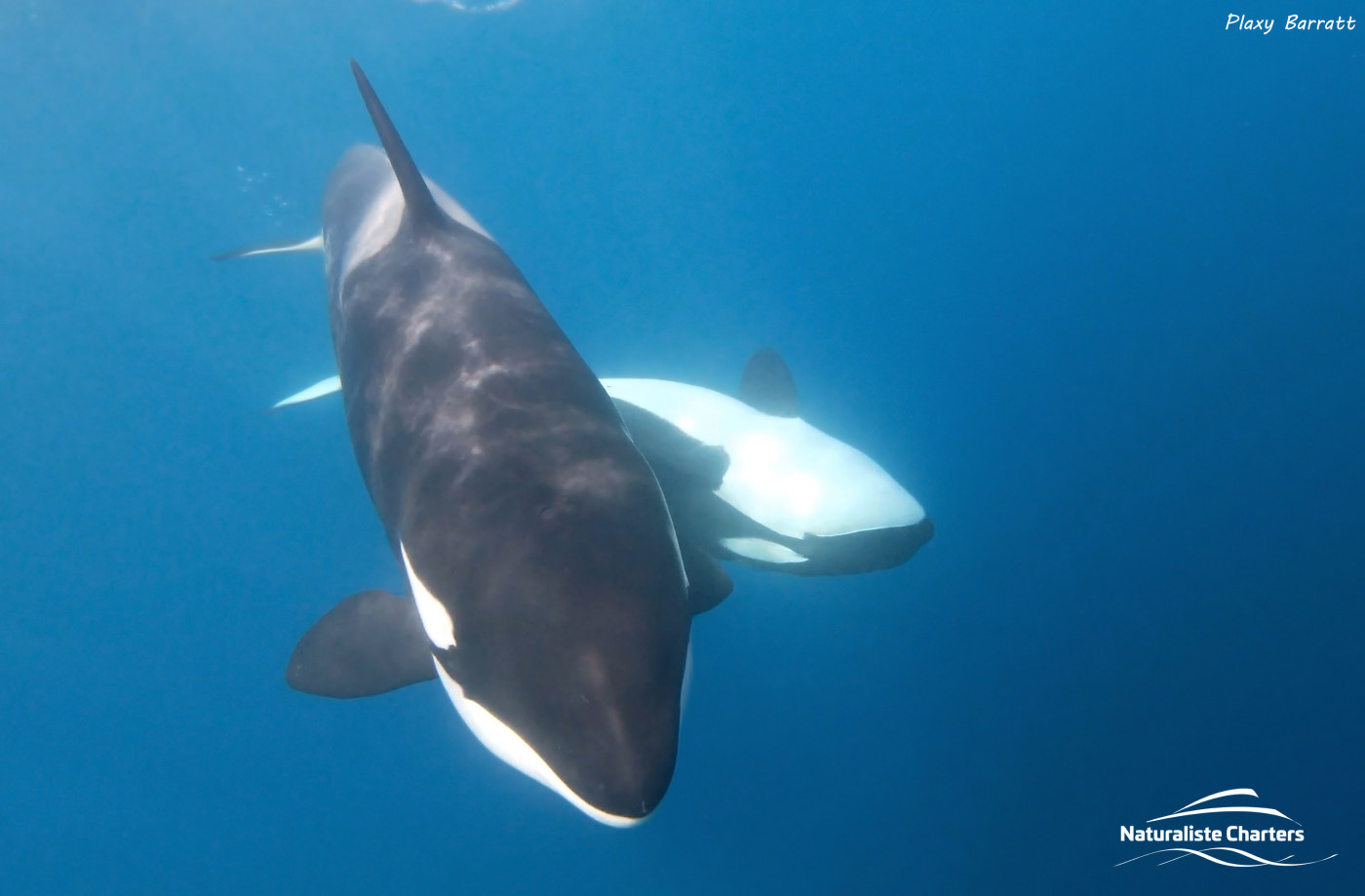
Description / Location
The Bremer Canyon is 70km from the coast, and one of 713 deep sea canyons around Australia. Yet the life found here makes it unique! The boat journey from the southern town of Bremer Bay takes you across the shallow continental shelf (80-100 m). To an area where the canyon system extends, varying in depth and places reaching 4500 m. You got it, it’s huge!
Food Webs
The Bremer Canyon represents a complex and interconnected ecosystem fueled from the bottom up. Phytoplankton are at the base of this food chain, they use energy from the sun and nutrients coming up from the deep waters to generate energy. Zooplankton, small sea dwelling animals (including krill) eat these packets of energy. Squid, seabirds, small pelagic fish and meso pelagic species (those living between 200-1000m) all rely directly on zooplankton.
Energy continues to flow up the food webs in this system. It then reaches baleen whales (humpbacks and blue), toothed whales (sperm and beaked), large pelagic fish (sunfish, tuna), medium sized pelagics (trevally, mahi mahi). All animals are important, though squid are recognised to be key contributors to this ecosystem! At the very top of it all are the Bremer Bay Canyon killer whales.
Seasonally each year – hundreds of orca aggregate within this region. It is expected that they disperse elsewhere outside of December to April. But to where, is what scientists are trying to find out. The seasonal driver for presence of the Bremer Bay Canyon killer whales is suggested to be tied to cool water pulses from Antarctic upwelling creating a burst of ocean productivity.
Beaked Whales
Out at the canyon, one of the species we often see orca prey on are Beaked whales. They are shy creatures, and very hard to study. Though researchers have suggested species such as strapped-toothed beaked whales move to shallower waters from deeper areas from January to April to breed. Interestingly, coinciding with the presence of orca aggregations!
Cuvier’s beaked whale is another species known to inhabit the Bremer Canyon region and is a champion diver. The species can dive to 3000m and hold its breath for over 3 ½ hours. Beaked whales prey on creatures from many deep sea sources including squid, deep sea fish, urchins and crustaceans including crabs.
At these depths, habitats range from colourful sponge gardens at 200m to deep-sea corals feeding at 400m. Mysterious ocean creatures live even deeper, below 3000m. If you love deep-sea life and want to learn more about the Bremer Canyon, watch this Schmidt Ocean Institute video.
Predation events that we see out at the Bremer Canyon, such as the blue whale during 2021 and countless beaked whales across our time at sea also impact these ecosystems. Whale carcasses fuel deep sea ecosystems, with this likely affecting productivity originating deep in the canyon system. This location really does epitomize the circle of life!
Bremer Bay Killer Whales: At the Top of This Entire Ecosystem.
The Bremer Bay killer whales are at the top of this entire ecosystem. Which makes sense, because they really are the oceans top predators. Yet it is impossible to ignore the interconnected relationships between environment and biology which bring this ecosystem to life. To get first hand experience in a place truly like no other – come on an expedition with us in Bremer Bay and see this explosion of life for yourself.

